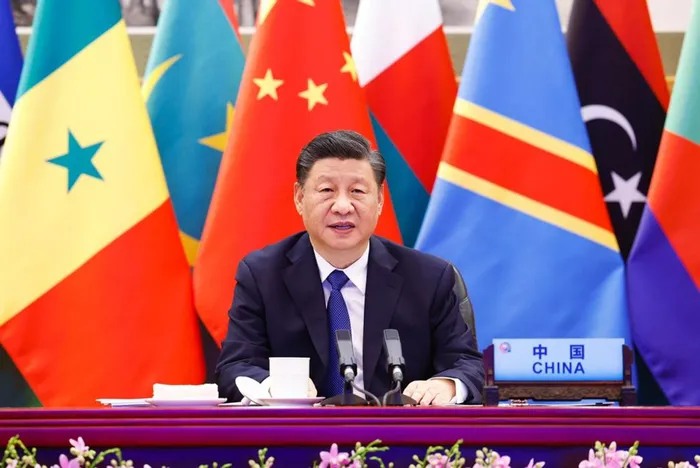China aims to balance energy needs with green decarbonisation targets

More than any other leader of the Chinese Communist Party, Xi has sought to make the environment part of his lasting legacy Chinese president Xi Jinping
By Helmo Preuss: Economist at Forecaster Ecosa
Chinese President Xi Jinping in his work report to the Chinese Communist Party’s 20th National Congress said the government prioritises environmental protection and sustainable green lifestyles.
In his address to the Congress on 16 October, he emphasised China’s commitment to the green transformation of its economy in line with achieving peak carbon emissions by 2030 and carbon neutrality by 2060.
These goals will be accomplished, he stressed, by the development of low-carbon industries and a national sustainable lifestyle, which can only come about if the country improves the efficiency of its energy use and promotes clean energy alternatives, in particular, the “clean and efficient use of coal”.
Xi also said harmony with nature is a key feature of “Chinese modernisation.” He noted in the report that the country should take a “proactive and steady” approach to decarbonisation, highlighting the importance of establishing new energy capacity first before reducing total carbon emission and fossil fuel consumption.
More than any other leader of the Chinese Communist Party, Xi has sought to make the environment part of his lasting legacy. He has dramatically cut the air pollution that plagued urban residents when he took over in 2012, overseen the development of a world-leading clean energy industry, and made perhaps the most important climate commitment in history in 2020 when he set a target for net-zero emissions in China within four decades as China is the world’s largest emitter of greenhouse gases as it is the world’s factory.
Shortly after Xi became party boss in 2012, he bemoaned the country’s environmental state during a tour of the country’s manufacturing hub of Guangdong.
"We owe too much debt in terms of ecology and the environment, and if we do not carry out the work now, the price will be even greater in the future. On this issue, we have no other choice,” Xi said then.
The government forced utilities to make power plants more efficient and restricted car use and coal burning in major cities. The amount of harmful particulates in the air fell 40% in the seven years from 2013 to 2020, nearly as big a drop as the US saw in the 30 years following the passage of the Clean Air Act in 1970.
Although China’s climate plans are ambitious compared to how slowly the US and Europe decarbonised following more prolonged industrial build-ups, they are still likely to fall far short of what scientists say is needed to avoid the worst impacts of climate change.
According to optimistic estimates, if current climate pledges were implemented, the world would still remain on track for 2°C of warming by the end of the century, with far worse impacts than if warming was curbed at 1.5°C.
“We must regard science and technology as our primary productive force, talent as our primary resource and innovation as our primary driver of growth,” Xi said.
The International Energy Agency, in its World Energy Outlook, noted that China remains by far the most influential market for coal throughout the outlook as it is the world’s largest coal-consuming country today, accounting for about 55% of global coal consumption. Coal demand in China increased by an average of 100 million tons (Mt) each year between 2000 and 2020 as it rapidly expanded its power and industry sectors. Coal demand in China rose again by around 2% in 2020, despite the impacts of the Covid‐19 pandemic, and by a further 4% in 2021.
China has increasingly promoted green finance since the People’s Bank of China (PBoC) issued its Guiding Opinion on the Development Scheme for Green Finance Mechanisms in 2016.
As of the end of 2021, the outstanding green loans denominated in yuan and foreign currencies, according to the PBoC’s latest green finance report, amounted to 15.9 trillion yuan, a 33% rise in 2020, making China the world leader in this area. A massive 61% of the proceeds from Chinese green bonds issued in 2021 was earmarked for renewable energy, followed by the local low-carbon transport, low-carbon building, water and other sectors.
China will need to raise about 140 trillion yuan from green bonds and other environmentally friendly funding tools to hit its carbon neutrality target by 2060, according to a World Economic Forum report.
Related Topics: